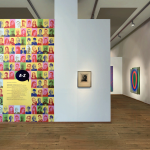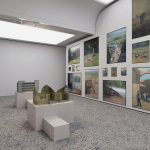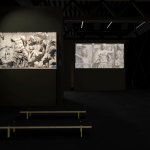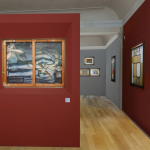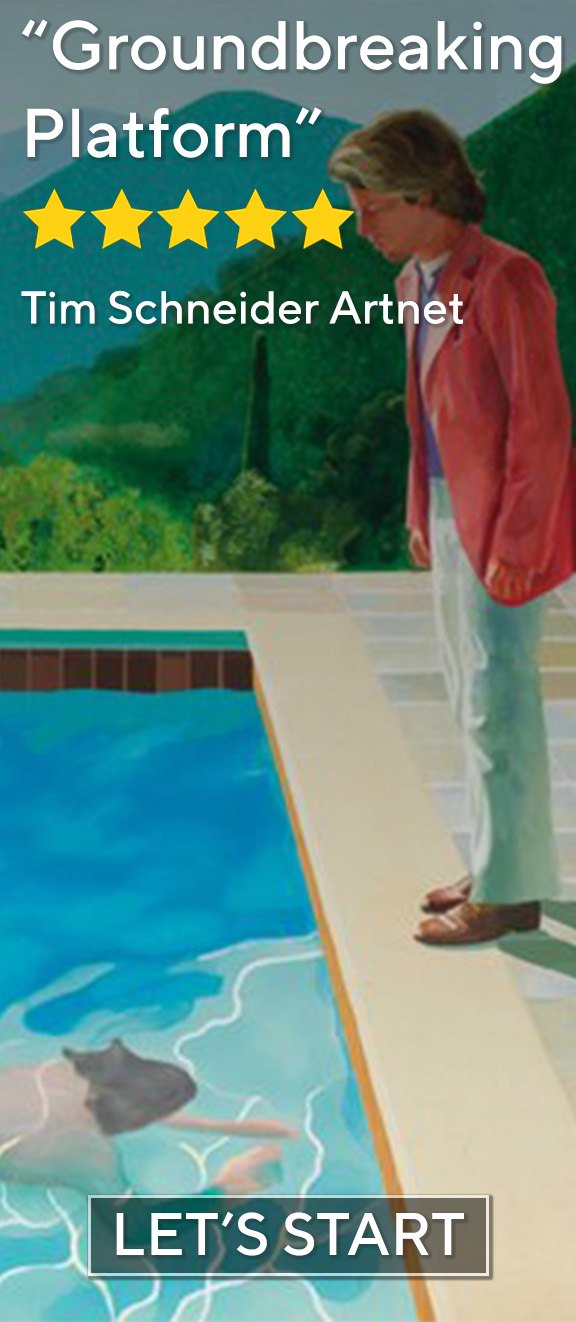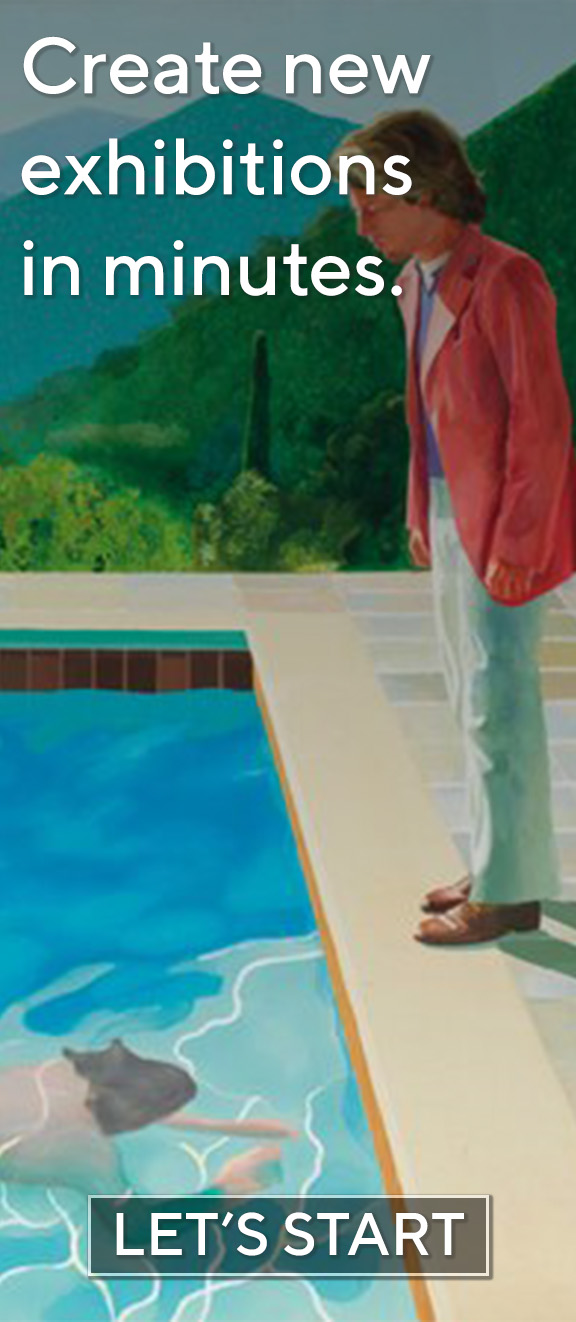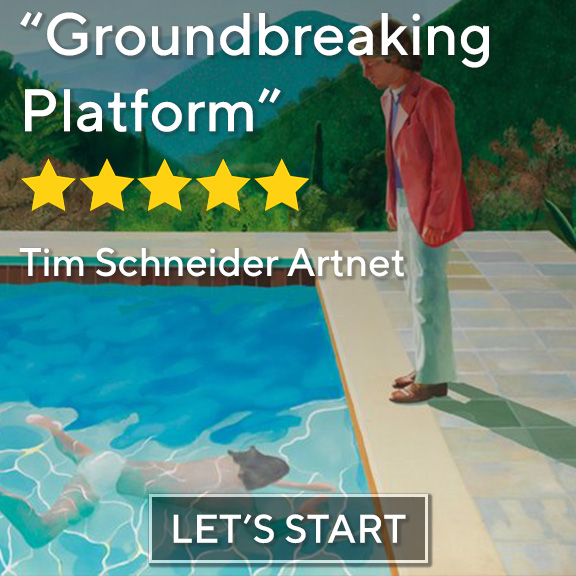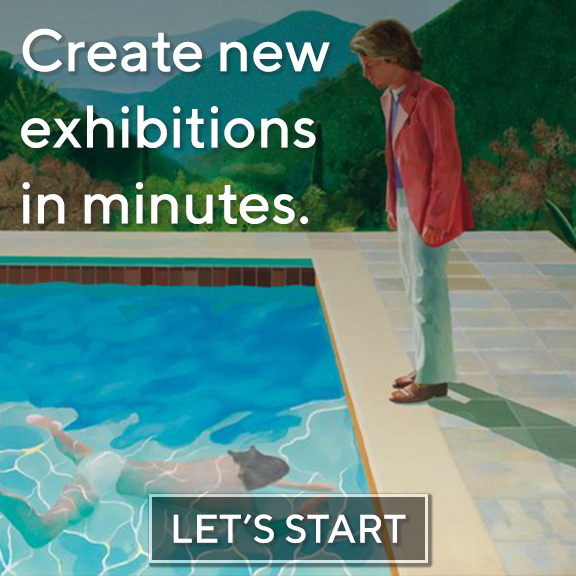“See How You Get On” by Galli was on view from June 19th to October 7th, 2024 at PalaisPopulaire, Berlin.
At a time when contemporary art often gravitates toward polished surfaces and market-ready aesthetics, Galli: “See How You Get On” at Berlin’s PalaisPopulaire offers a jarring yet deeply compelling alternative. On view from June 19th to October 7th, 2024, this exhibition repositions Galli—born Anna-Gabriele Müller in 1944—as more than a rediscovered figure of the Neue Wilde movement; she emerges as a vital voice for our uncertain age. Curated by Annabell Burger in collaboration with the Derneburg Castle Art Museum, the show presents a concentrated selection of Galli’s works from the Deutsche Bank Collection, emphasizing her idiosyncratic fusion of painting, drawing, and literary experimentation. Rather than offering a retrospective survey, the curators frame Galli as an ongoing force—one whose chaotic, emotionally charged imagery feels urgently contemporary.
Galli has long existed at the margins of mainstream recognition, and this very position informs the raw intensity of her work. A self-styled “anarchist troublemaker,” she studied at the Werkkunstschule Saarbrücken and later at the Hochschule der Künste in Berlin, where she developed an expressive, psychologically charged visual language. Unlike many of her contemporaries in the Neue Wilde movement—who drew inspiration from punk and Expressionism—Galli found her muse in literature, myth, and personal experience. Her friendship with poet Oskar Pastior and her immersion in Berlin’s literary circles shaped an artistic practice that is both intimate and politically defiant. She resists simplistic readings of her work, especially those that reduce it to reflections of her physical stature. As she states: “The body as a battleground impacts everyone.”

“Langes Bild” (1985–1987) immediately draws the viewer into Galli’s surreal world. Rendered in acrylic and chalk on nettle, two luminous yellow figures entwine in what could be either a passionate embrace or a desperate struggle. Their elongated limbs and exaggerated features suggest both tenderness and tension, while a stark black figure to the right reaches out like a shadow of doubt. The background—a muted off-white—heightens the drama, allowing every line and gesture to resonate. This piece exemplifies Galli’s interest in ambiguity: are these figures lovers, rivals, or something else entirely? The painting refuses resolution, instead evoking the fluidity of human relationships and identity itself.
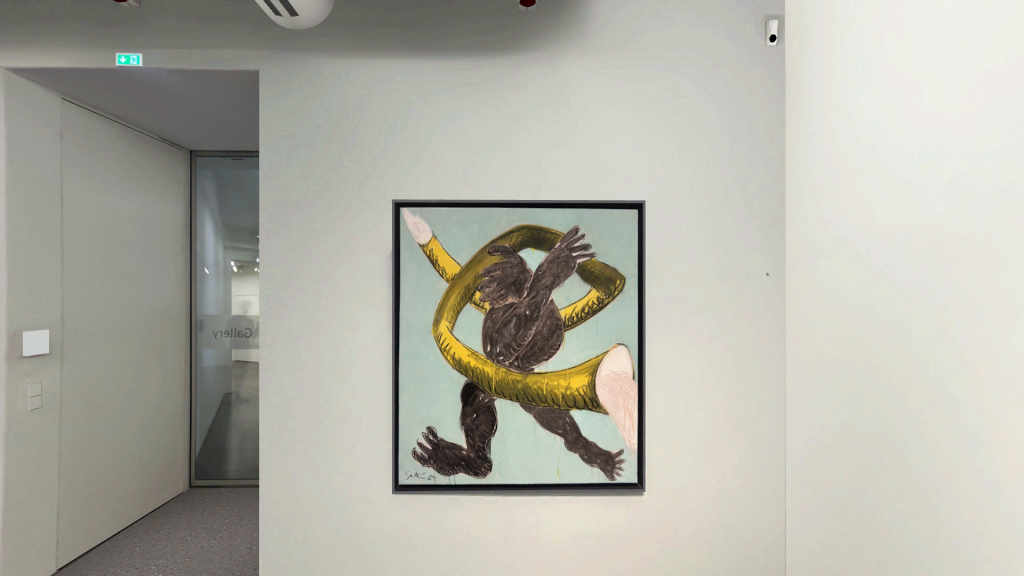
In “1-Horn” (1984), executed in gouache and chalk on canvas, a dark humanoid form appears wrapped in a vibrant yellow horn-like structure. The creature’s muscular arms are crossed, suggesting containment or resistance, while the swirling lines of the horn evoke motion and transformation. Galli layers mythic and organic elements—reminiscent of ancient deities, sea creatures, and cosmic phenomena—into a single enigmatic being. The pale blue background adds a sense of dreamlike detachment, reinforcing the idea that Galli’s figures exist in a liminal space between reality and imagination.
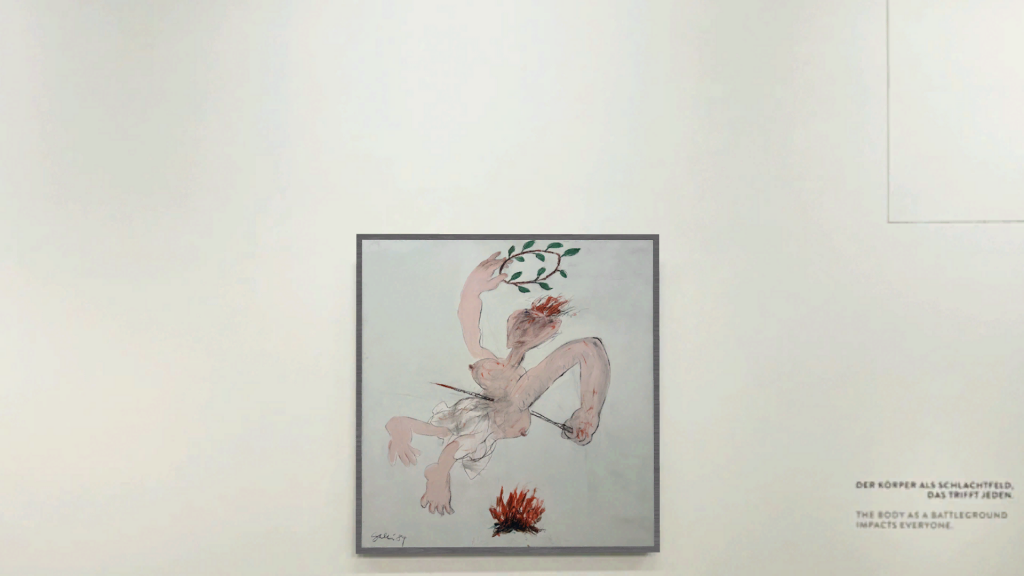
“Spitzlinde” (1984), a mixed media work on nettle, presents a suspended figure with distorted limbs and a faceless torso marked by a red wound-like area. One arm holds a cluster of leaves; the other grips a spear that pierces the body. Below, a patch of red suggests fire or blood. This image pulses with tension—both physical and symbolic. It evokes mythological sacrifice, ecological destruction, and personal trauma all at once. Galli’s use of texture and layered materials enhances the visceral impact, making the viewer complicit in the act of witnessing pain and transformation.

Finally, in “Wie sich der heilige Georg in einen Drachen verwandelt” , Galli subverts the traditional saint-and-dragon narrative. Here, three stylized figures populate a beige field: one cradles a flaming heart, another brandishes bones like weapons, and a third stands headless but bleeding. The title—translating to “How Saint George Turns Into a Dragon”—hints at a psychological and moral metamorphosis. The saint, rather than slaying the beast, becomes one. Galli’s grotesque yet poetic rendering questions binary oppositions: good and evil, human and monster, control and chaos.
Galli’s art resists neat categorization, inviting viewers to embrace chaos, contradiction, and multiplicity.
Galli’s work demands active engagement. It unsettles, provokes, and ultimately expands how we see ourselves and the world. See How You Get On is not just a survey of an underappreciated artist—it’s a manifesto for embracing complexity, contradiction, and multiplicity in art and life. For visitors seeking comfort or easy answers, this exhibition may feel disorienting. But for those willing to step into Galli’s realm of ambiguity and transformation, the rewards are immense.


